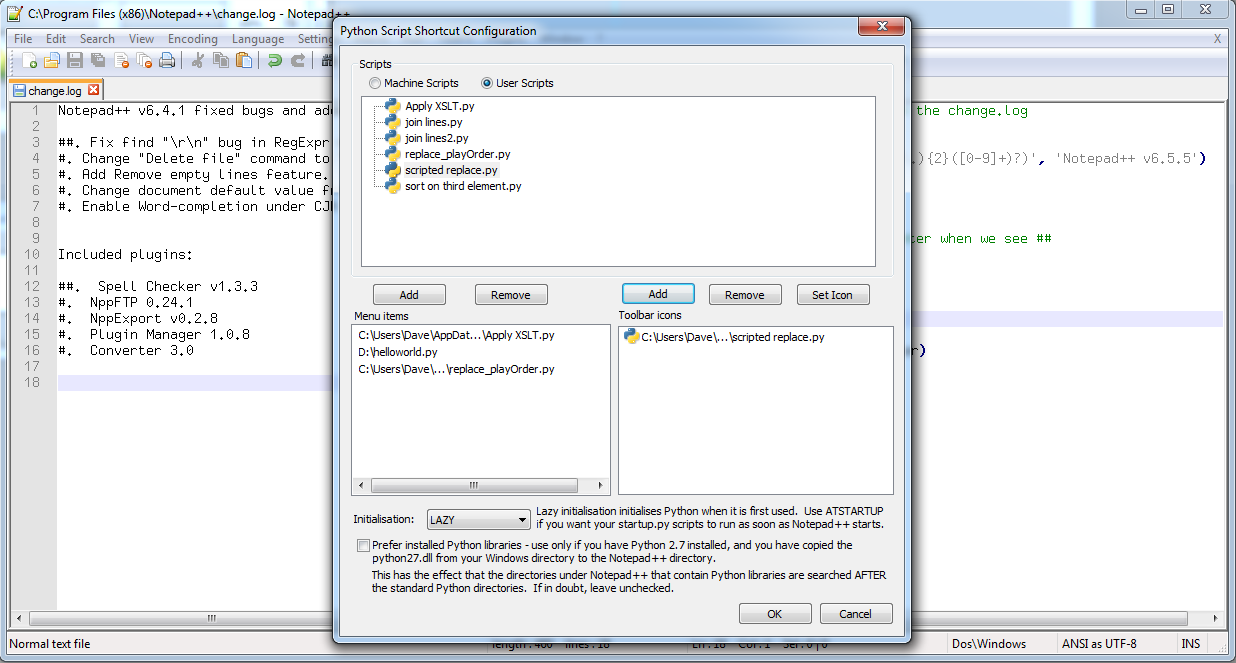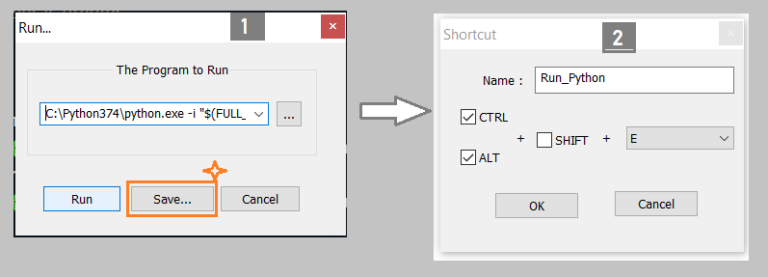
You can use Python in the Unreal Editor to do things like:Ĭonstruct larger-scale asset management pipelines or workflows that tie the Unreal Editor to other 3D applications that you use in your organization.Īutomate time-consuming Asset management tasks in the Unreal Editor, like generating Levels of Detail (LODs) for Static Meshes.Ĭontrol the Unreal Editor from UIs that you create yourself in Python. It's relatively easy for those new to programming to get started, it offers the ability to create complex and full-featured user interfaces through modules like PySide, and there are many other useful free modules available to the community to make your life easier. As the complexity of production pipelines continues to soar, and the number of applications involved continues to grow, having a common scripting language makes it easier to create and maintain large-scale asset management systems.Įven without these outside considerations, or the need to work with other applications, Python is a great choice if you're looking to automate your workflows within the Unreal Editor. This is partially due to the wide range of applications that support it. In recent years, Python has become the de facto language for production pipelines and interoperability between 3D applications, particularly in the media and entertainment industry. This page describes how to get started using Python in the Unreal Editor.


Python Environment and Paths in the Unreal Editor


 0 kommentar(er)
0 kommentar(er)
